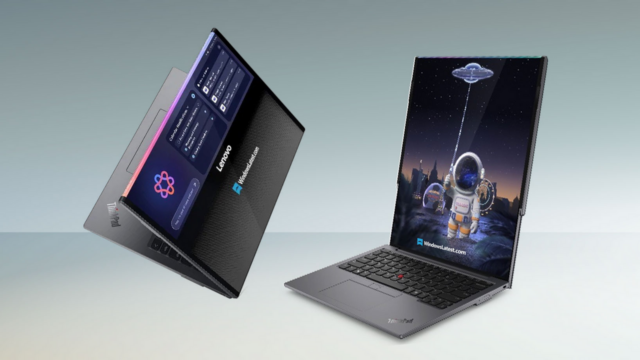Google’s new Pixel 10 series has launched with significant hardware updates. It uses the first Tensor G5 chip manufactured on the 3nm process. While the base model comes with 12GB of RAM, not all of this memory is dedicated to the user. 3GB of memory is allocated directly to AI processing.
The Pixel 10 series prioritizes AI
With this move, Google lags behind its competitors in pure performance but stands out in AI performance. Tensor’s NPU and AICore require a significant amount of memory. Therefore, the company is pursuing a different strategy than the previous Pixel 9.

In the Pixel 9, apps used all 12GB of memory, offloading AI features to RAM when needed. In the Pixel 10, 3GB of memory has been reserved upfront for AI processing.
This change eliminates the lag that Pixel 9 users sometimes experienced. While using AI features on the previous model took some time, this process is instantaneous on the Pixel 10. This allows AI-focused tasks to run much faster.
This comes at a cost. Because a portion of the RAM is allocated to AI, fewer apps can be open in the background at once. In this regard, the Pixel 10 Pro, which comes with 16GB of RAM, offers more flexibility.
Still, 9GB of free RAM is more than enough for most users for daily use. If Google continues to release updates that improve RAM efficiency, this issue shouldn’t be a problem for those who choose the entry-level model.












